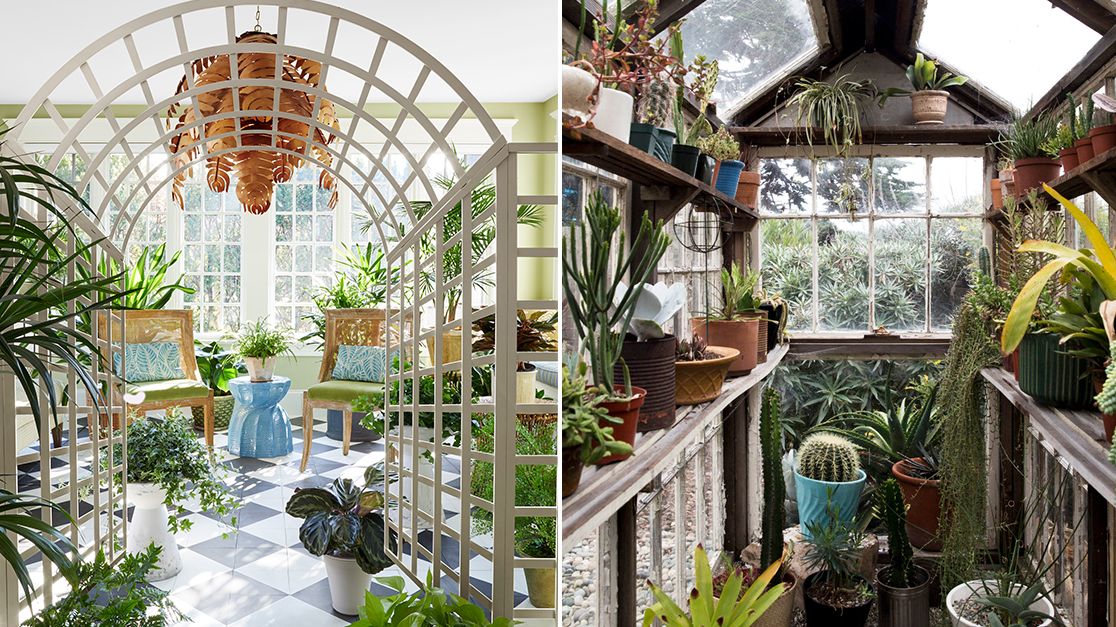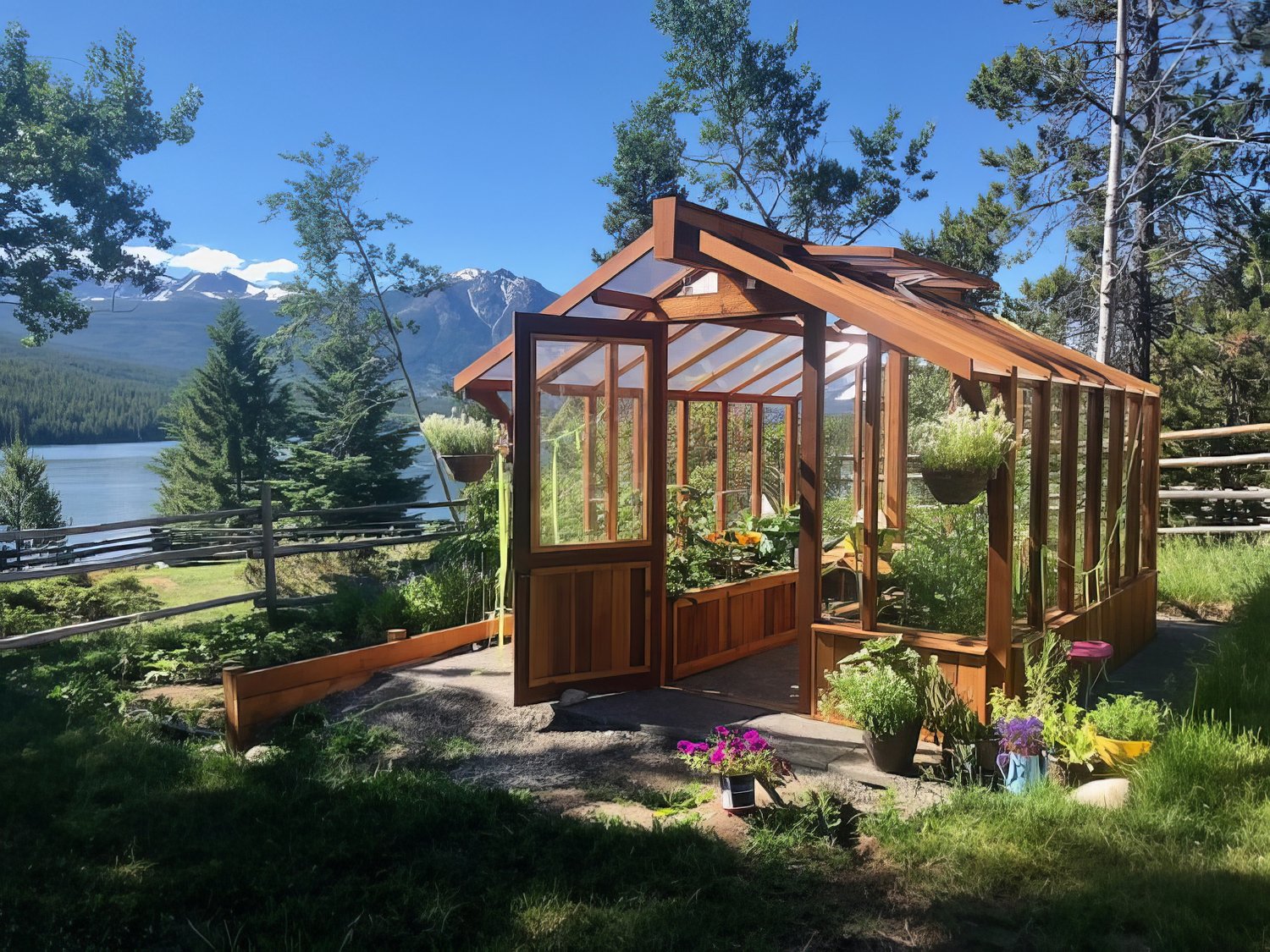Business Expanding Solutions: Monarch Commercial Greenhouse Utah Innovations
Wiki Article
The Future of Greenhouses: Advancements in Sustainable Farming
Are you curious about the future of greenhouses and how they are reinventing lasting farming? From sophisticated climate control systems to vertical farming methods, water-efficient irrigation methods, renewable energy integration, and clever information analytics, these innovations are changing the means we expand our food.Advanced Climate Control Systems
To achieve optimal expanding problems, you can depend on the developments in greenhouses with sophisticated climate control systems. These systems have revolutionized the way we grow plants, offering a controlled environment that is helpful to plant development. With these ingenious systems, you can now manipulate temperature level, moisture, light levels, and also carbon dioxide concentrations to create the excellent conditions for your plants to thrive.Among the crucial functions of these advanced environment control systems is their capability to regulate temperature level. By utilizing sensors and automated controls, the greenhouse can readjust the temperature based upon the specific requirements of the plants. This makes sure that they are never exposed to severe heat or cool, which can be damaging to their growth.
Moisture control is another critical element of these systems. By preserving the ideal moisture levels, you can stop issues such as mold and mildew, mildew, and condition from affecting your plants. These systems can also control the amount of light that reaches the plants, ensuring that they get the optimal amount for photosynthesis.
In addition, advanced environment control systems can even control carbon dioxide concentrations. By boosting the degrees of CO2 in the greenhouse, you can improve plant growth and efficiency. This is specifically useful in locations with low natural carbon dioxide degrees.
Vertical Farming Techniques
One crucial upright farming technique is utilizing piled growing systems. Monarch Greenhouse builder Utah. These systems involve setting up plants in numerous layers, vertically stacked on top of each other. By using upright room, farmers can optimize their plant return without requiring additional land. Stacked growing systems are generally made use of in urban areas where space is limited.One popular method is known as vertical hydroponics, where plants are grown in nutrient-rich water without dirt. This strategy is very reliable as it lowers water use by approximately 90% contrasted to typical farming approaches. In addition, given that the plants are expanded inside your home, they are secured from illness and insects, decreasing the need for pesticides.
Another strategy is aeroponics, which entails putting on hold the plant roots in a mist or air setting. This approach enables optimum nutrient absorption and oxygenation, leading to faster growth and higher yields. Aeroponics additionally makes use of much less water than conventional farming and can be implemented in upright systems, making it a preferred option for vertical farming.
Water-efficient Watering Techniques
When it comes to applying water-efficient irrigation methods in lasting agriculture,Maximizing water preservation is necessary. With worldwide water deficiency coming to be a pressing concern, it is vital to establish cutting-edge methods that optimize water use in greenhouse operations.One appealing approach is drip watering, which supplies water directly to the plant roots, decreasing waste and dissipation. By utilizing a network of tubes with tiny emitters, water is applied slowly and precisely, making sure that plants get the essential dampness without excess runoff.
An additional effective method is making use of soil wetness sensing units. These devices determine the dampness content in the soil and give real-time data to farmers. By checking the soil's wetness degrees, farmers can properly determine when and exactly how much water to use, preventing over-irrigation.
Additionally, the execution of rain harvesting systems is gaining appeal in greenhouse agriculture. Accumulating rainwater from roofs and storing it in containers enables farmers to use this natural deposit for irrigation objectives, decreasing dependence on conventional water resources.
Finally, the fostering of automated irrigation systems can significantly enhance water efficiency. These systems utilize sensing units to discover dirt wetness degrees and weather problems, readjusting irrigation timetables appropriately. By maximizing water usage based on real plant needs, these systems can minimize water waste and advertise sustainable farming methods.
Renewable Resource Integration
Now, allow's dig into how you can integrate sustainable energy right into your greenhouse procedures for a more sustainable future. Renewable resource combination in greenhouses offers several advantages, consisting of reduced operating expenses and reduced dependence on non-renewable power sources. One way to integrate sustainable power is via the installation of solar panels. These panels are put on the roof covering or surrounding areas of the lawn weed control greenhouse to capture sunlight and convert it into power. The generated power can then be used to run various operations within the greenhouse, such as home heating, lights, and air flow systems. Furthermore, excess energy can be stored in batteries for use during non-sunlight hours. Another method of renewable resource assimilation is making use of wind generators. These generators harness wind power and transform it right into electrical energy, which can be useful link utilized to supplement the power needs of the greenhouse. Integrating eco-friendly power resources not just minimizes greenhouse gas exhausts however likewise promotes sustainability and durability in your agricultural operations. By welcoming eco-friendly power, you can contribute to a greener future while guaranteeing the long-lasting viability of your greenhouse company.Smart Information Analytics and Automation
To boost the performance of your greenhouse operations and enhance source utilization, consider implementing smart data analytics and automation. Smart information analytics involves collecting and evaluating data from various sensing units and devices within your greenhouse.
Automation, on the various other hand, entails making use of modern technology to automate tasks that were previously done manually. This can include automating the control of lighting, ventilation, watering systems, and nutrient delivery. By automating these procedures, you can make certain that your plants receive the right conditions and nutrients at the right time, without the need for constant hand-operated treatment. This not just conserves you time and initiative but likewise decreases the risk of human error.
In addition, clever information analytics and automation can work together synergistically. The information gathered by sensors can be More Info used to educate computerized systems, enabling them to make real-time adjustments based upon the present conditions. This integration of information analytics and automation can cause much more precise and reliable source allowance, eventually resulting in greater yields and far better plant quality.
Verdict
Finally, the future of greenhouses in sustainable agriculture looks encouraging. With innovative environment control systems, vertical farming methods, water-efficient irrigation approaches, and renewable resource assimilation, greenhouses are coming to be a lot more environmentally friendly and reliable. Additionally, the usage of wise information analytics and automation even more enhances efficiency and lowers waste. These advancements are paving the method for an extra efficient and sustainable farming industry, making sure a greener and much healthier future for all.
By optimizing water usage based on actual plant needs, these systems can decrease water waste and promote sustainable farming practices.

Report this wiki page